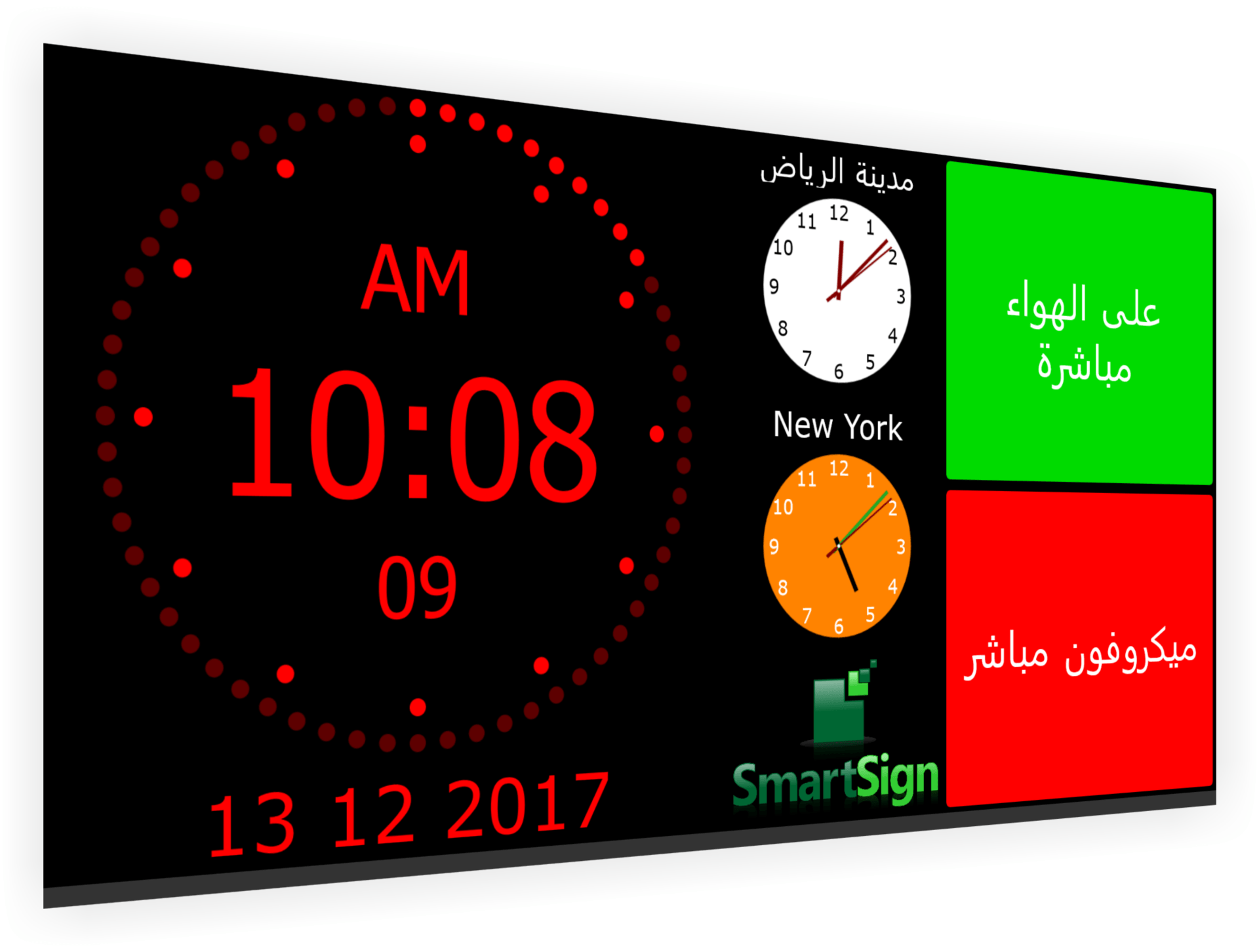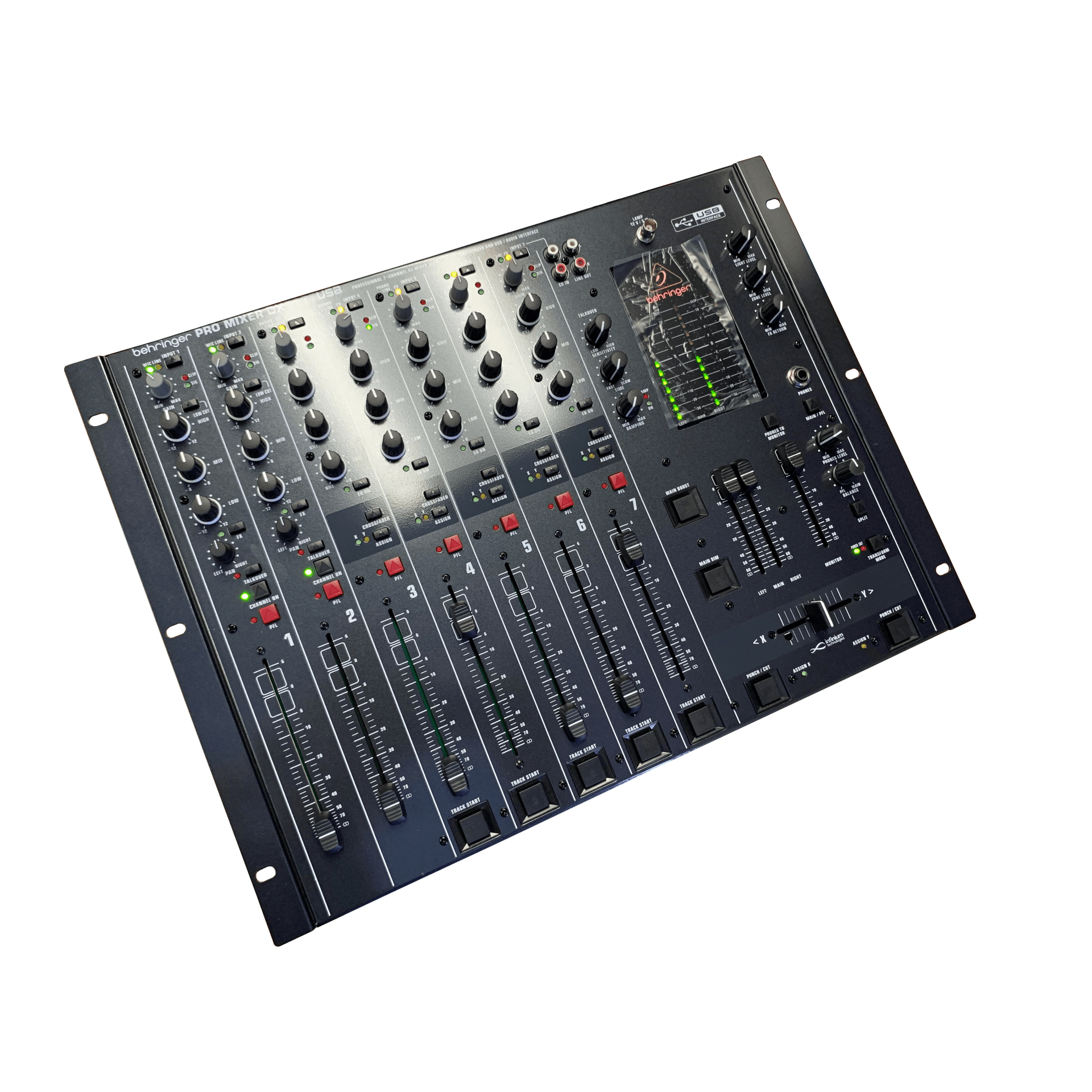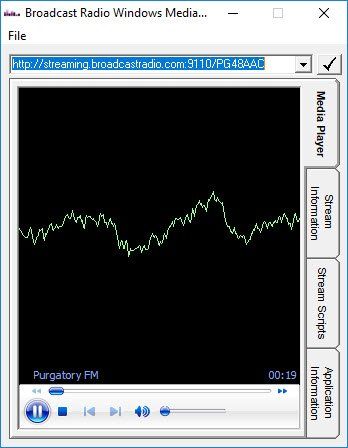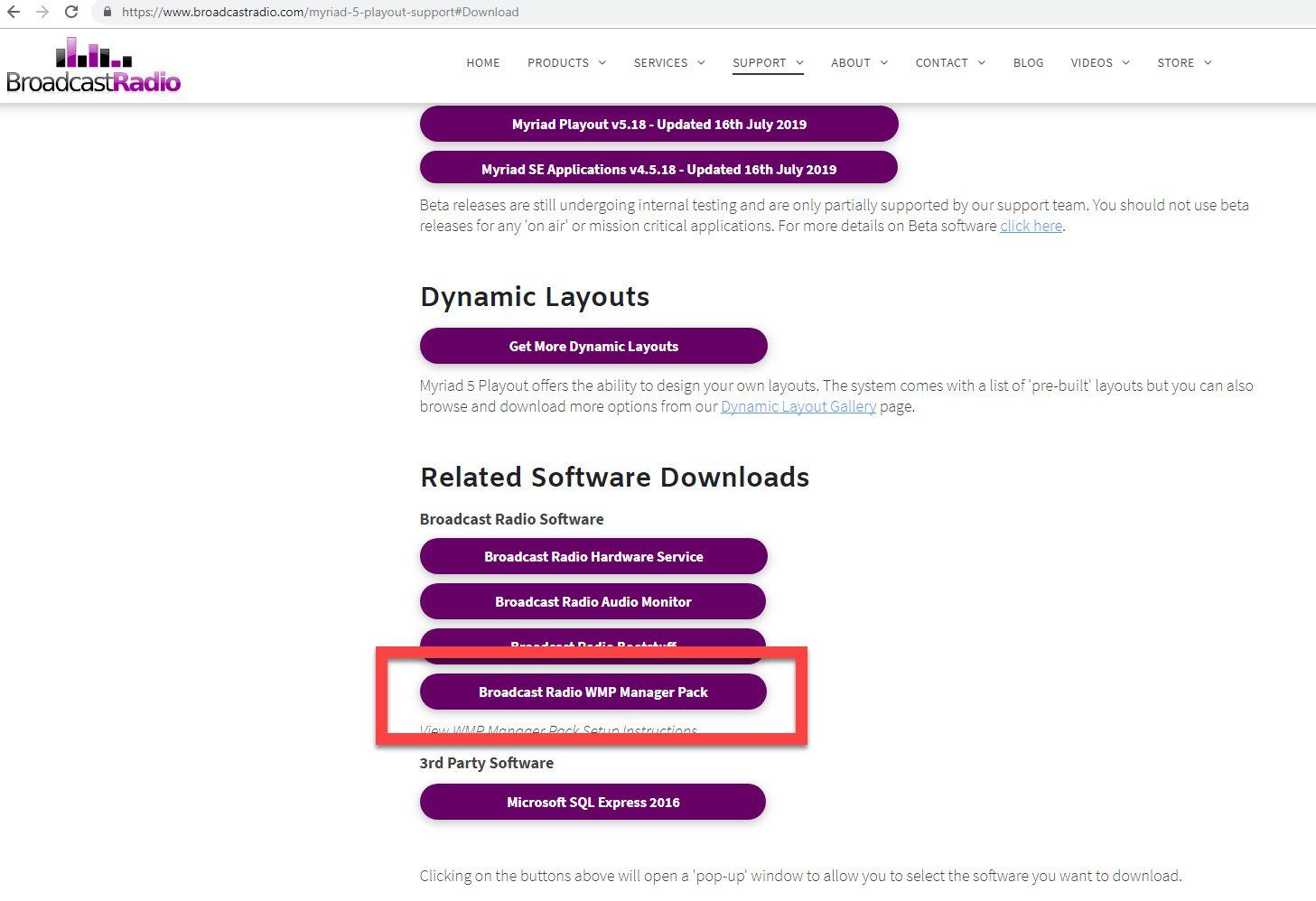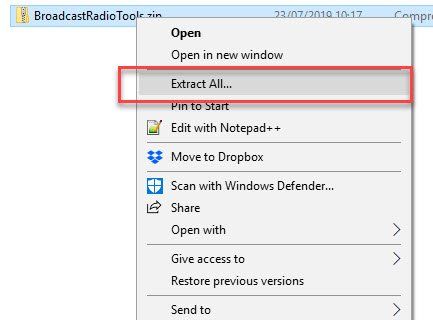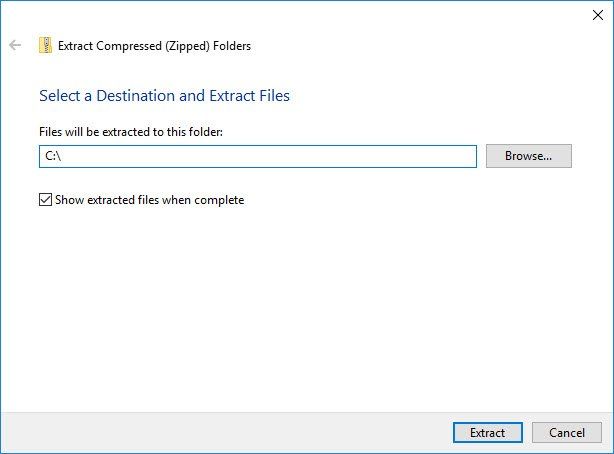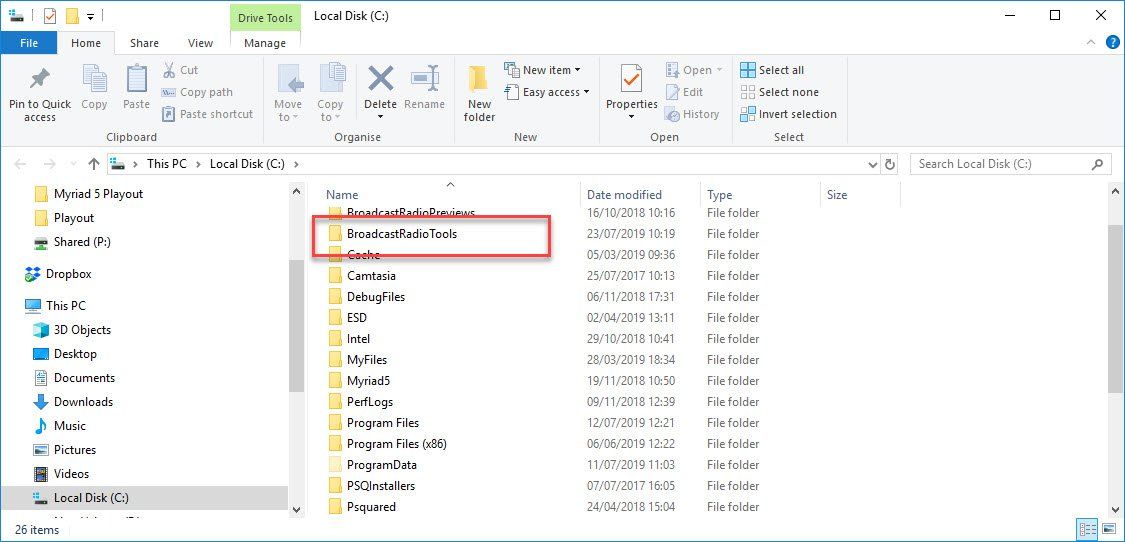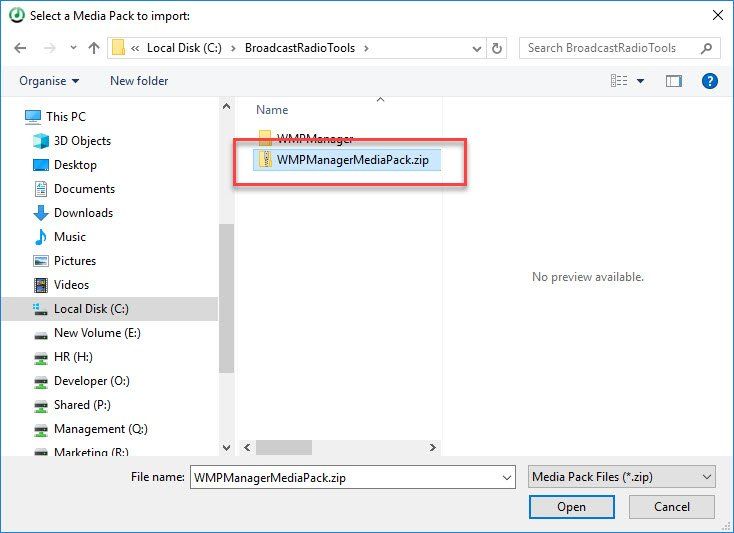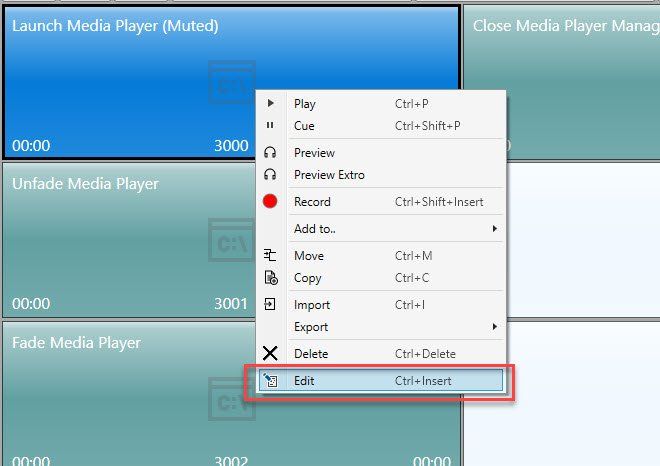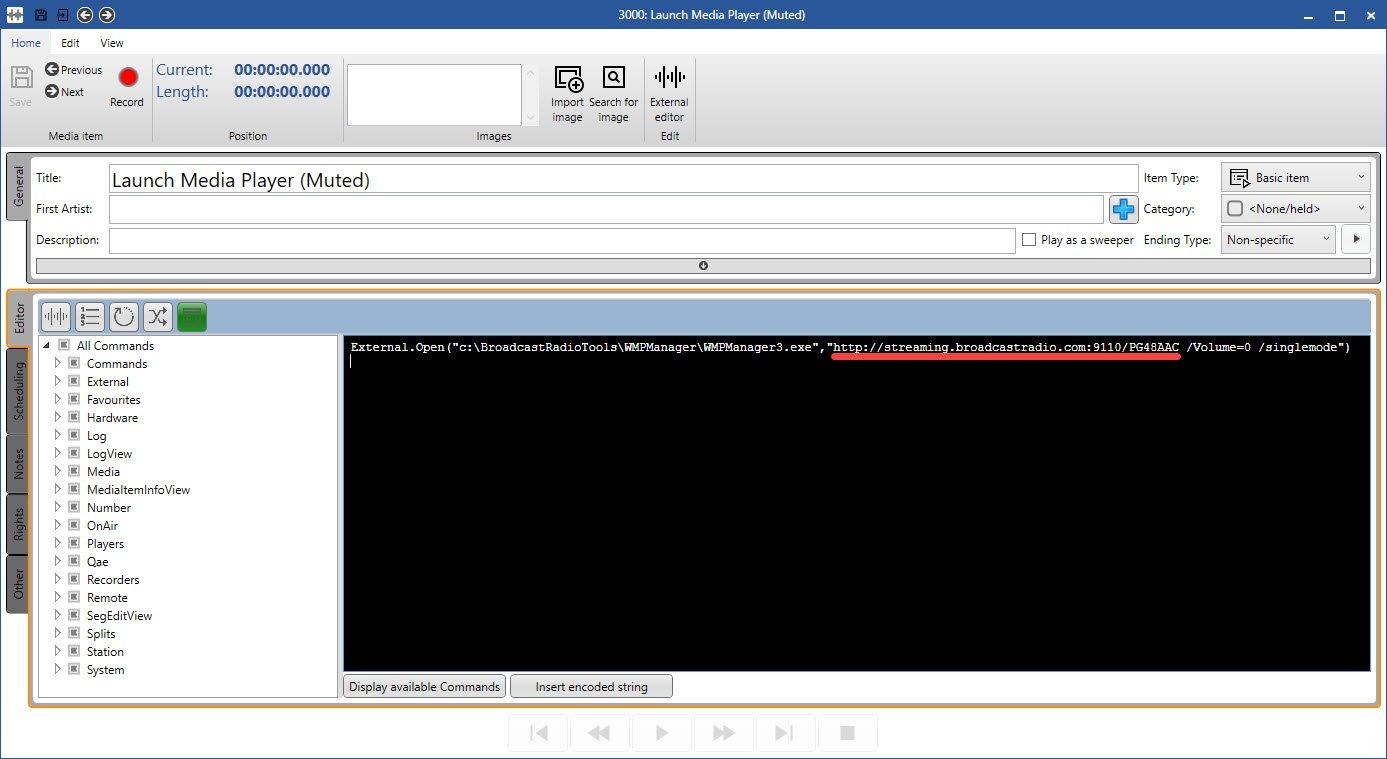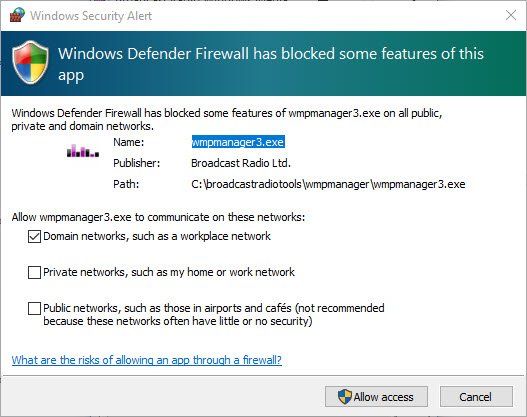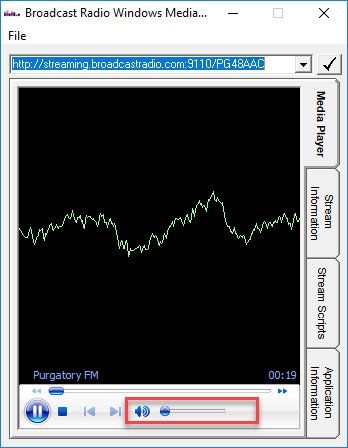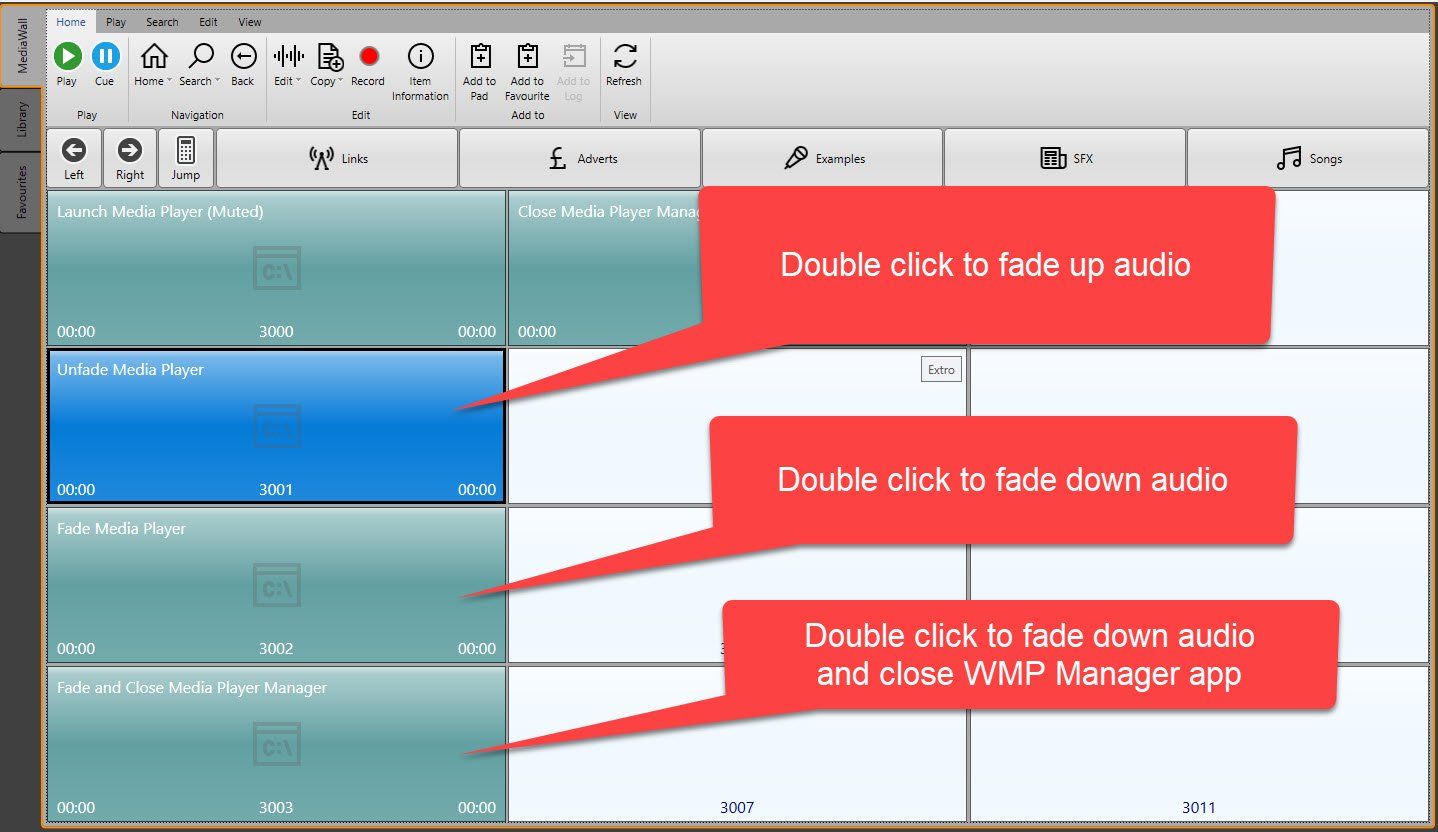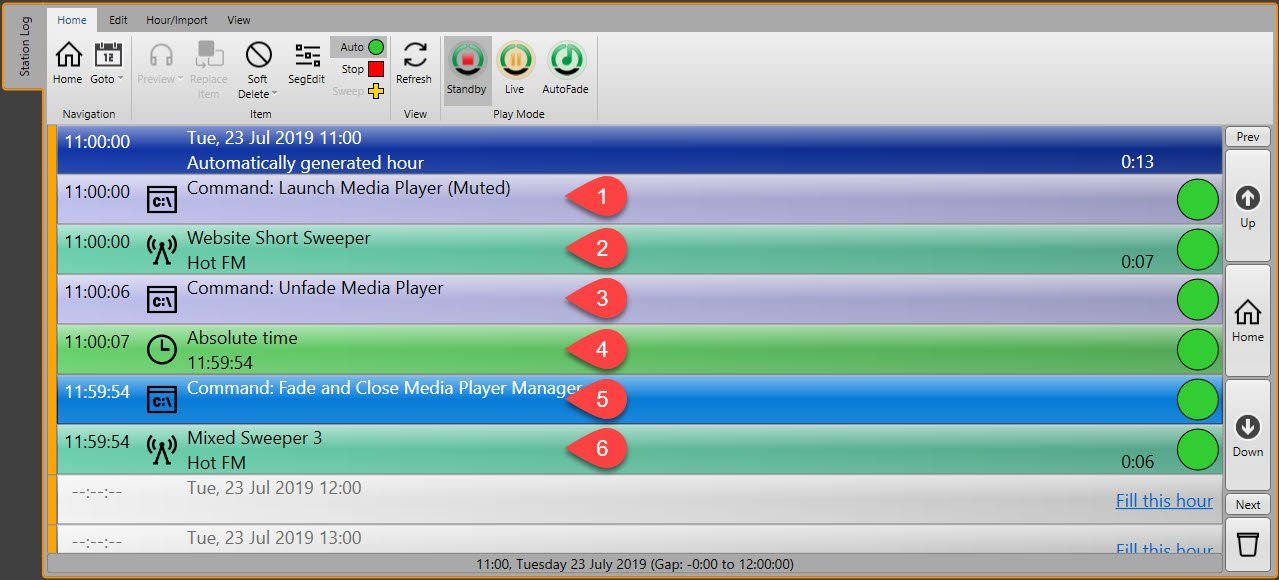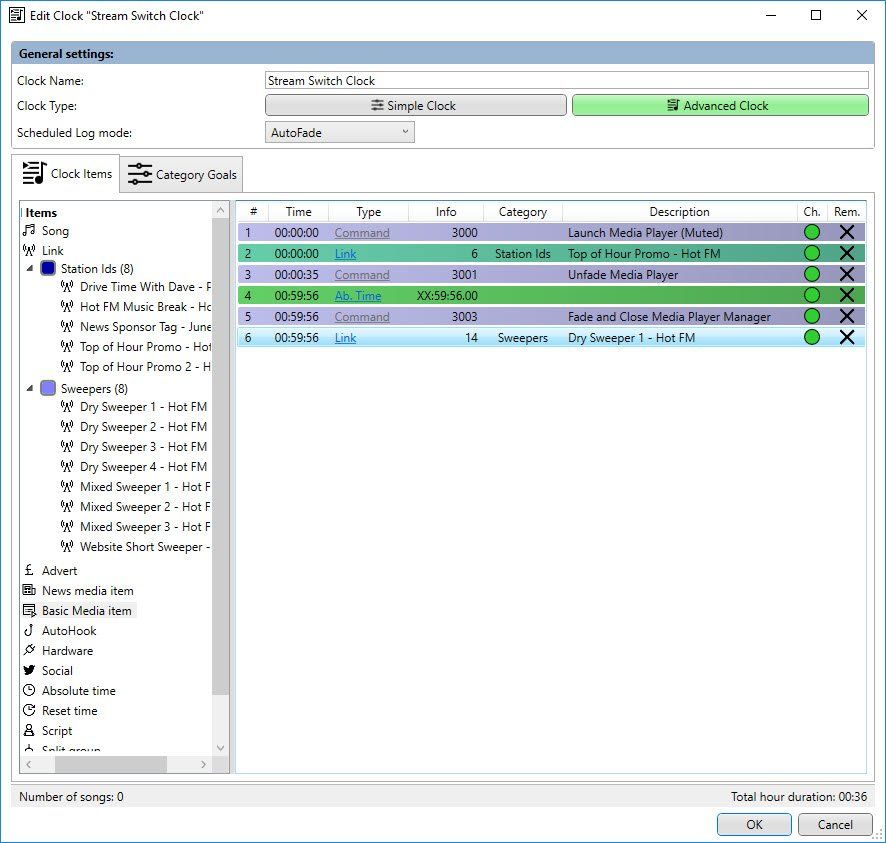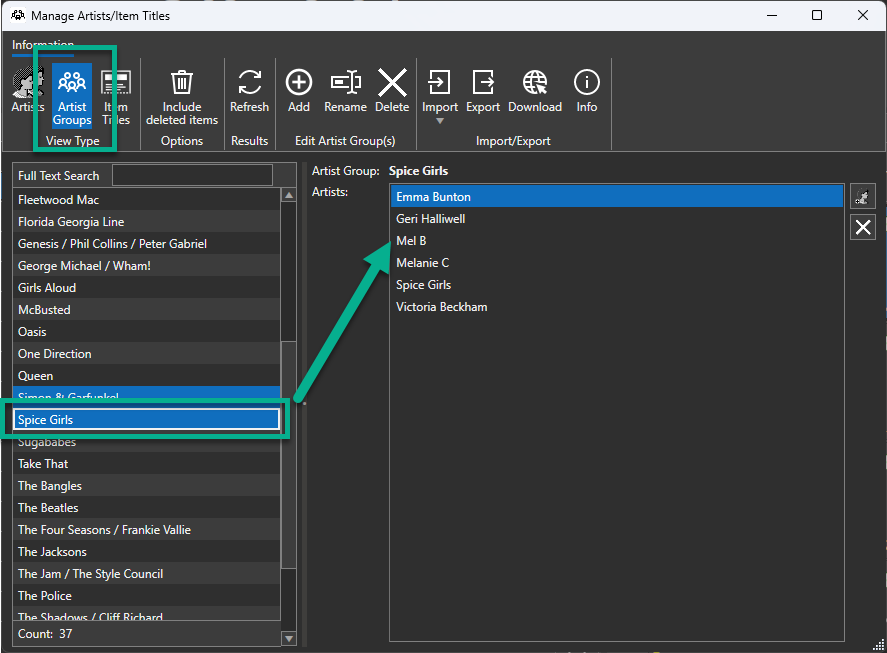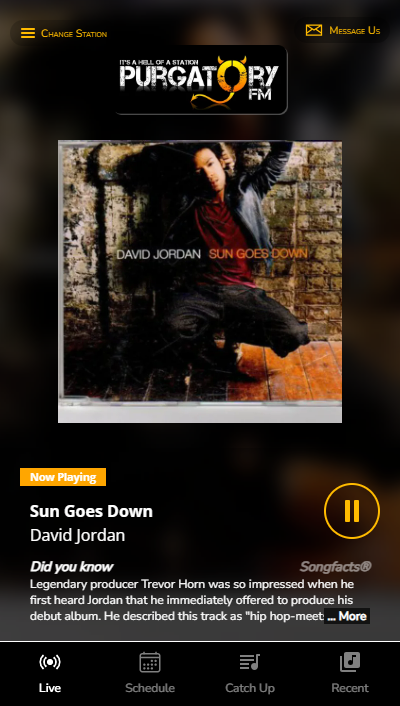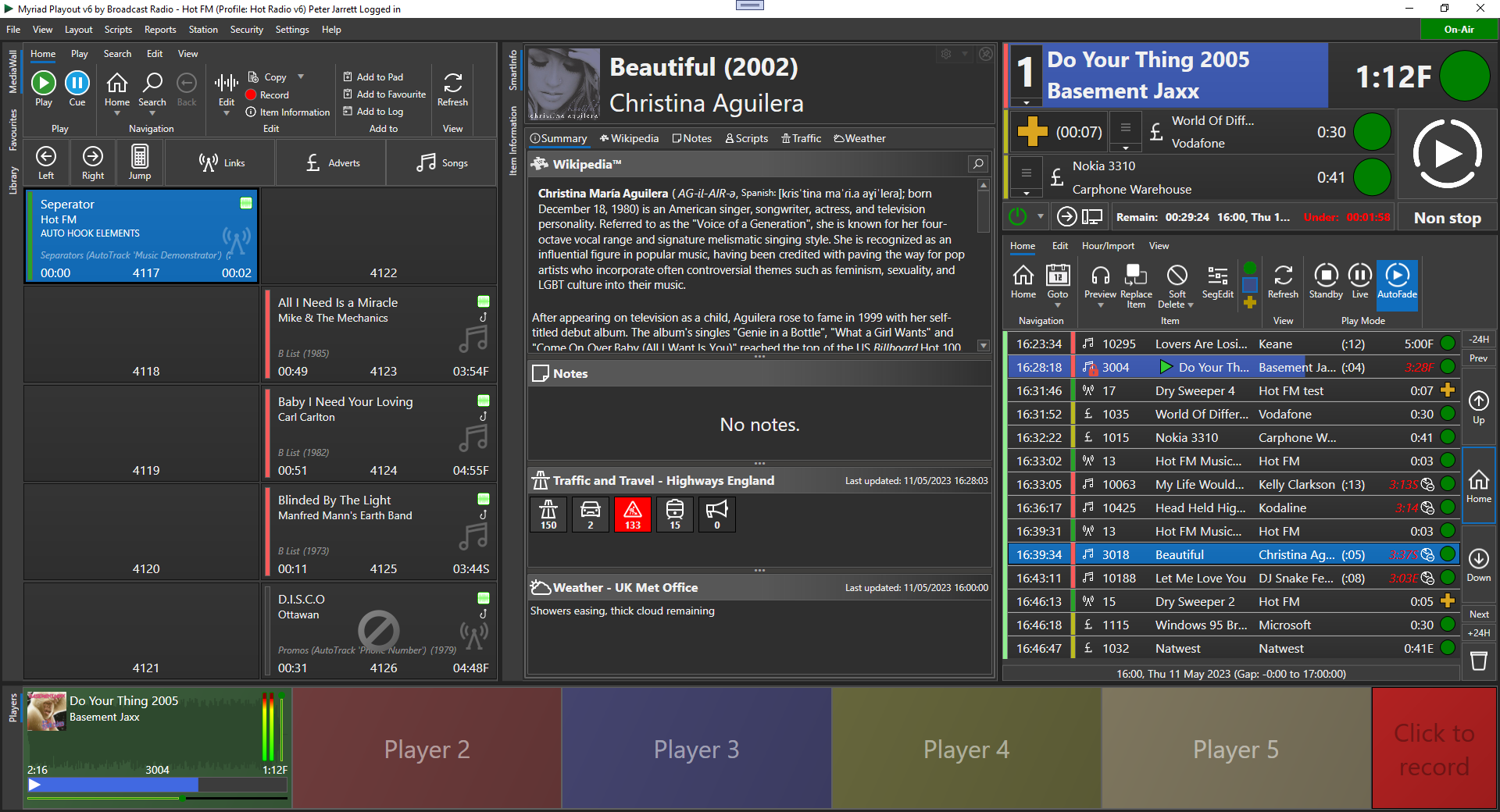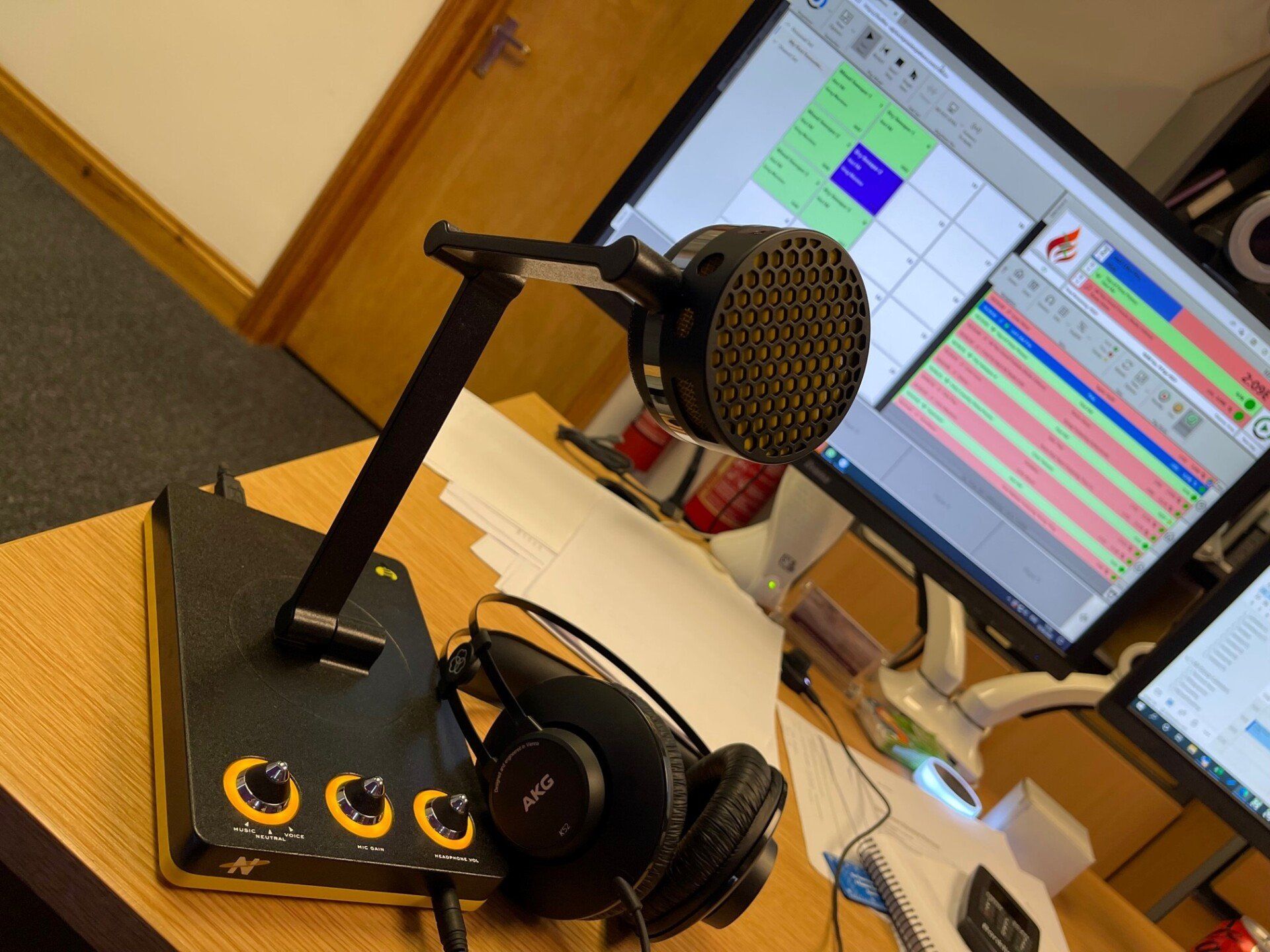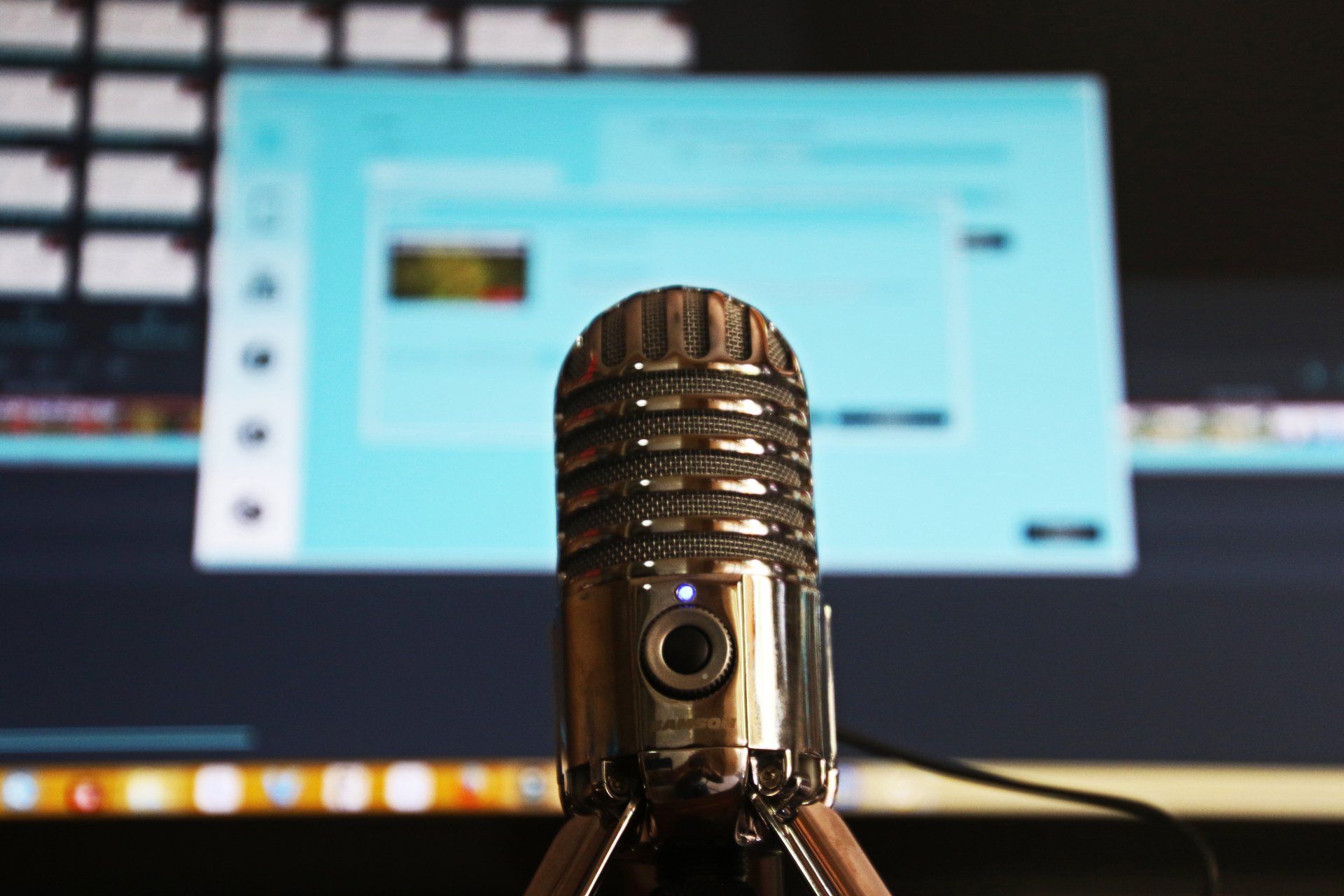Using The New WMP Manager App To Control External Streams
Learn how to use Commands to control our new WMP Manager app.
The new WMP Manager is a simple media player application that can be controlled directly using Commands within Myriad 5 Playout. This allows you to:
- Switch web streams into your live or automated playout.
- Pre-load the stream to allow for connection buffer delays.
- Gracefully fade in and fade out volume of stream to segue between local and streamed content.
- Open and close WMP Manager application as required.
To make life as easy as possible we have created a single ZIP file that includes both the WMP Manager app and a Media Pack that contains the Command Media Items you will need so all you need to do is download the ZIP file, unzip it into the root of your C drive and install the Media Pack in Myriad Playout.
Here is how!
1. Go to https://www.broadcastradio.com/myriad-5-playout-support#Download and click on the Broadcast Radio WMP Manager Pack button to download the ZIP file.
This will download the BroadcastRadioTools.zip
file to your downloads folder.
2. Right Click on this file and select Extract All.
3. You need to set the extraction location to the root of your C drive (i.e. c:\) . This is important as the Commands in the Media Pack will be set to use this location. If you want to use a different location, you can , you will just need to adjust the Commands to use the alternate location.
4. Browse to the C drive to make sure the files have extracted to the right location.
5. Now we need to Import the Media Pack
. Switch to Myriad 5 Playout and click on File Menu > Install Media Pack > Import Media Pack.
6. Browse to the location of the files you extracted a moment ago (should be c:\BroadcastRadioTools unless you changed it).
7. Myriad will now import five new Media Items into the next empty slots in your default 'Basic Items' range on the Media Wall. they are just Media Items so you can move or copy them as required.
8. Next you need to Edit the 'Launch Media Player (muted) Media Item. Right click and select Edit.
9. This will open the standard Edit Window for the Command Media Item. Location the section that list the stream location ( http://streaming.broadcastradio.com:9110/PG48AAC in this example) and alter that to be the location of the stream you want to open. Once done, save and close the Edit Window.
You can copy this Media Item to create different Commands to open different streams!
10. Test your stream by double clicking on the 'Launch Media Player (Muted) Media Item.
The first time you run WMP Manager, you will be asked to allow it through the Windows Firewall. Click on Allow Access.
11. The WMP Manager will start and automatically connect to the selected stream with the audio muted.
N.B. The WMP Manager will use your PC's default sound device to play the stream so you need to make sure that is connected to your mixing desk with the fader up!
12. Now that the WMP Manager is running and connected, let's look at the other Command Media Items added by the Media Pack.
The options are:
- Launch Media Player (Muted) - This will launch the WMP Manager, connect to the specified stream and mute the audio.
- Unfade Media Player -
This will fade up the volume on the WMP Manager. If you edit this Command Media Item you can adjust the fade duration.
- Fade Media Player -
This will fade the volume on the WMP Manager to zero over a set time. You can edit the Media Item to adjust this time.
- Fade and Close Media Player Manager -
This will fade the volume on the WMP Manager to zero, then close the WMP Manager.
- Close Media Player Manager -
This will immediately close the WMP Manager without fading out the audio first!
Give it a try, double click on 'Unfade Media Player'
and the WMP Manager should fade in your stream audio. Try the other options to see how they work!
You now have everything setup to to gracefully swicth Streams on and off using Command Media Items in Myriad Playout.
These can be used:
- In the Log (manually or scheduled)
- On Favourites (for manually triggering them)
- By double clicking on them on the Media Wall (for manual use)
- Called from within other Commands
Putting it all together!
Consider the Log Sequence bellow:
- This Command will launch the WMP Manager and connect to the set stream with the volume muted. In practice, this will happen instantly and Myriad will move on to the next item in the Log.
- Play a standard jingle. This should be long enough to cover any connection time for the WMP Manager.
- At the Extro of the jingle, the Command will fire that will fade in the stream.
- With the stream playing, Myriad can now wait for the time set in the Absolute time. In this example the Myriad will wait until 11:59 and 54 seconds.
- At that time it will fade out the stream, the immediately move on to the next item in the Log.
- Finally we play a standard jingle to end the hour.
So this would provide you with an hour in your Log that included a jingle at the beginning and end with an external stream playing for the rest of the hour.
You could manually build a sequence like this but you can also build the same sequence in your Clocks on either Myriad Schedule or AutoTrack (Standard and Pro).
Let us know how you get on with the WMP Manager.


